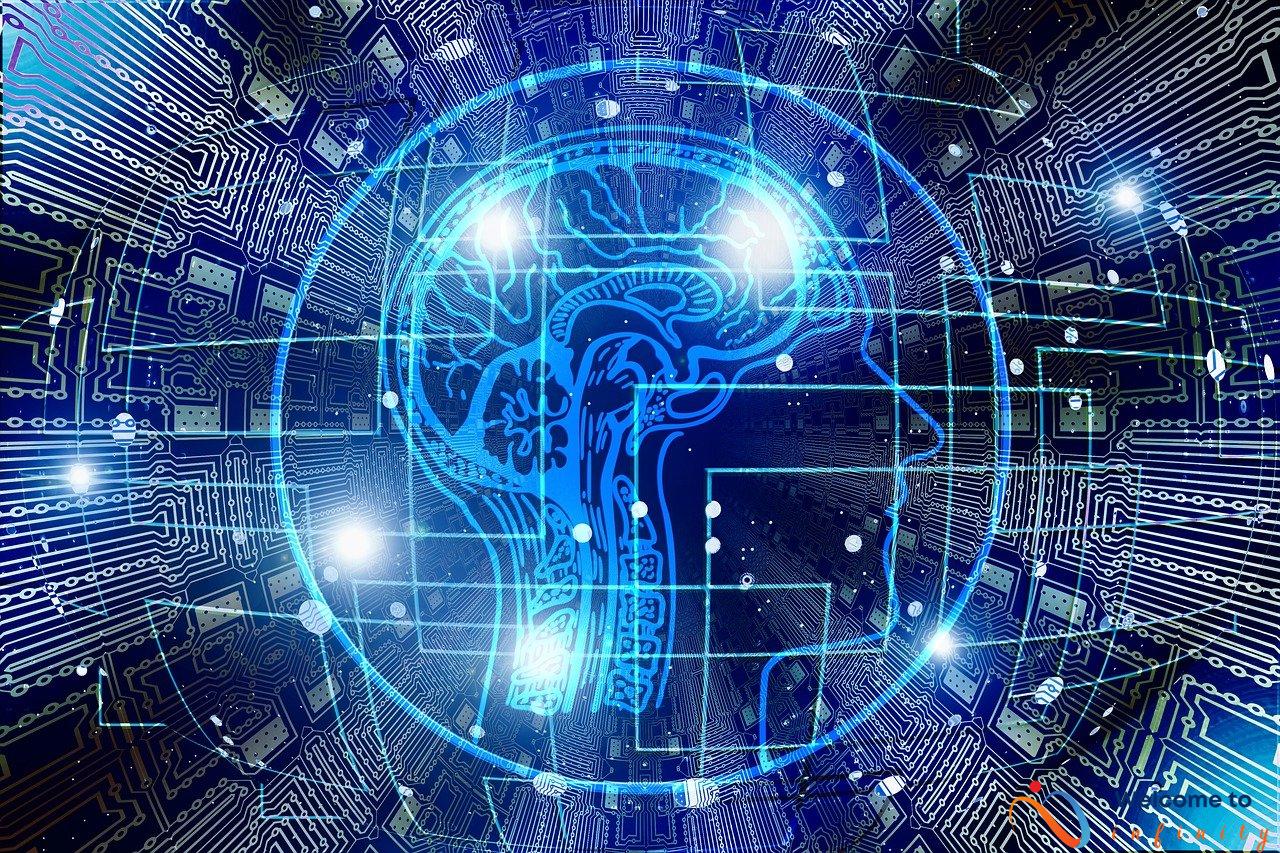Deep learning is a powerful form of machine learning that has transformed the artificial intelligence landscape. At the heart of deep learning are neural networks, which are inspired by the way the human brain processes information. These networks are capable of learning and making decisions based on complex input data, making them incredibly useful for a wide range of applications.
Neural networks are a key component of deep learning technology. These networks are made up of multiple layers of interconnected nodes, which work together to process data and make decisions. The structure of these networks is designed to mimic the way that neurons in the human brain communicate with one another, allowing them to perform complex computations and respond to changing environments.
Deep neural networks take this technology even further, combining multiple layers of neural networks to create highly complex decision-making systems. These networks are capable of processing huge amounts of data, making them ideal for applications like image recognition, natural language processing, and other tasks that require highly advanced data processing techniques.
As deep learning technology has continued to advance, it has become increasingly clear that there is a huge range of potential applications for this technology. From autonomous vehicles to predictive analytics, deep learning is poised to revolutionize the way that we approach complex problems and make decisions.
What Are Neural Networks?
Neural networks are a recent advancement in the field of artificial intelligence that are modeled after the structure of the human brain. These networks consist of multiple layers of interconnected nodes, called neurons, which receive input, process it, and produce an output.
The layered structure of these networks allows them to process data in a hierarchical manner, with each layer performing a specific task before passing its output to the next layer. This allows neural networks to learn and refine their decision-making processes over time, improving their accuracy and performance.
Neural networks are particularly useful for processing complex and unstructured data, such as images, speech, and text. They have also been successfully applied in a wide range of applications, from predicting stock prices to diagnosing medical conditions.
However, designing and training neural networks can be a complex and time-consuming process, requiring large amounts of data and specialized knowledge. Despite these challenges, the potential benefits of using neural networks make them an increasingly popular tool in today's technology-driven world.
What Are Deep Neural Networks?
Deep neural networks (DNNs) are a type of artificial neural network that have multiple layers, allowing for more complex decision-making and problem-solving. The extra layers in DNNs allow them to learn and extract features from raw data, providing more accurate results compared to traditional neural networks. These networks are particularly useful for handling large datasets, such as image or speech recognition, where they can extract meaningful patterns and features from raw input.
Each layer in a DNN performs a transformation on the data, with each layer becoming progressively more complex as the data passes through it. The information that is learned in one layer is then fed into the next layer, allowing the network to make increasingly complex decisions about the data. This approach allows the network to classify or predict information with a high degree of accuracy.
DNNs have found numerous applications in fields such as computer vision, speech recognition, and natural language processing. They can also be used in areas such as finance, medicine, and robotics where complex decision-making is required.
DNNs can have anywhere from a few to hundreds of layers, making them powerful tools that can tackle increasingly difficult problems. However, this increased complexity also comes with a cost as training a DNN can be computationally expensive and requires large amounts of data to achieve the desired level of accuracy. Despite these challenges, DNNs are a rapidly growing field of study with the potential to revolutionize the way we solve complex problems.
How Do Deep Neural Networks Work?
Deep neural networks, or DNNs, work by taking an input, such as an image or a piece of text, and passing it through multiple layers of processing. Each layer performs a series of mathematical operations on the input data, with the output of one layer becoming the input for the next layer.
These layers are often referred to as hidden layers, as their computations are not visible to the user. Each hidden layer contains a set of artificial neurons, which are modeled after the neurons found in the human brain. These neurons receive input from the previous layer and calculate an output, which is then passed onto the next layer.
As the data moves through the layers, the network learns and adjusts its parameters, using a process called backpropagation to improve its performance. This involves comparing the network's output to the desired output and adjusting the weights and biases of the neurons to reduce the amount of error.
The final output of the network is the result of the computations performed by the last layer. This output can be a binary decision, such as whether an image is a cat or a dog, or a more complex prediction, such as the probability that a stock will increase in value.
Deep neural networks allow for more complex decision-making by incorporating more layers and neurons in the network. However, this also means that training them can be computationally expensive and requires large amounts of data. Despite these challenges, DNNs have led to significant advancements in fields such as image and speech recognition, natural language processing, and autonomous vehicles.
Training Deep Neural Networks
Training deep neural networks involves providing large amounts of data for the network to learn and make decisions based on that data. The process begins with input data, which is fed into the first layer of the neural network. The input layer then processes the data and passes the output to the next layer, which builds upon the previous layer's output and processes the data further. This process is repeated for each subsequent layer until the final output is produced.
The goal of training a deep neural network is to adjust the weights and biases of each layer's nodes so that the network can accurately make predictions based on new input data. The weights and biases are adjusted through a process called backpropagation, which involves calculating the difference between the predicted output and the actual output and adjusting the weights and biases accordingly. This process is repeated iteratively until the network's accuracy reaches an acceptable level.
Training deep neural networks can be a computationally expensive process that requires significant amounts of time and computational resources. However, there are techniques such as transfer learning, where pre-trained models are used as the starting point for training, that can reduce the amount of time and resources required.
In addition to large amounts of data, deep neural networks also require careful tuning of their hyperparameters, such as the number of layers and nodes in each layer. This tuning involves trying different configurations to see which performs best on the training data.
Overall, training deep neural networks is a complex and iterative process that requires careful consideration of data, hyperparameters, and tuning methods to achieve high accuracy and success in their intended applications.
Applications of Deep Neural Networks
Deep neural networks have a broad range of applications in various industries. One of the most common applications of deep neural networks is image recognition. The technology uses computer vision to interpret and understand images, and it's used in self-driving cars, facial recognition software, and even in identifying cancerous cells in medical imaging.
Another area where deep neural networks are commonly used is in speech recognition. By using natural language processing (NLP) techniques, the technology can analyze and interpret human speech, which is useful in virtual assistants, dictation software, and language translation tools.
Additionally, natural language processing is also used in text analysis and sentiment analysis tasks, where neural networks can classify the tone of a text and detect underlying emotions. This technology is utilized in social media monitoring, customer service, and even in political analysis.
Deep neural networks are also employed in autonomous vehicles. The technology uses computer vision and sensing algorithms to detect and avoid obstacles, recognize pedestrians, and maintain a safe distance from other vehicles. This application promises to revolutionize transportation and reduce the number of road accidents.
In conclusion, deep neural networks are industry-disrupting technologies that offer a vast range of applications. They are transforming the way industries operate and hold tremendous potential for future advancements.
Advantages and Disadvantages of Deep Neural Networks
Deep neural networks have become increasingly popular due to their unparalleled capabilities in solving complex problems. However, like any technology, deep neural networks come with advantages and disadvantages.
- Deep neural networks can learn and make decisions based on large and complex datasets with minimal human supervision.
- They are widely used in various fields such as computer vision, speech recognition, and natural language processing. These applications have revolutionized the way we interact with machines and have made our lives much more comfortable.
- Deep neural networks can also identify patterns and relationships that are impossible for humans to comprehend, making them highly effective in solving complex problems.
One of the main disadvantages of deep neural networks is that they can be computationally expensive and require large amounts of training data to work effectively. The process of preparing the data and training the network can be time-consuming and costly.
Also, deep neural networks can be prone to overfitting, which is when the network becomes too complex and starts to memorize the training data rather than learning from it. This can affect the network's ability to generalize to new, unseen data.
While deep neural networks come with their own set of advantages and disadvantages, it's clear that they have revolutionized the field of machine learning and have set new standards for intelligent systems. They have opened the doors to new possibilities, and as the technology advances, we can expect an even wider range of applications.
Conclusion
Deep learning has not only transformed the field of machine learning, but it has also impacted various industries. Deep neural networks have brought in unprecedented capabilities and applications. They have enabled machines to recognize and understand complex patterns, making it possible to identify objects accurately, understand speech and language, and even drive cars.
Major companies from various industries have adopted deep learning technologies to transform how they deliver services and products. For example, image recognition technologies have been integrated with social media platforms to identify people in photographs accurately, making it easier to tag friends and family, and also to protect against fake profiles. Natural language processing technologies have enabled chatbots and digital assistants to communicate with humans. Moreover, deep learning has enabled researchers to identify risk factors, diagnose illnesses, and develop new treatments for various diseases.
With the continued growth of big data and machine learning technologies, the potential applications of deep learning are limitless. However, it is essential to acknowledge that deep neural networks have their limitations. They require large amounts of high-quality data, computational resources, and careful programming to avoid over-fitting and under-fitting. Additionally, deep neural networks can be computationally expensive and require extensive training to work effectively.
Despite these limitations, deep learning has revolutionized the way we use machines and has unlocked enormous potential in various industries. As an ever-evolving field, the capabilities and applications of deep learning will continue to expand, leading to more breakthroughs and advancements globally.











